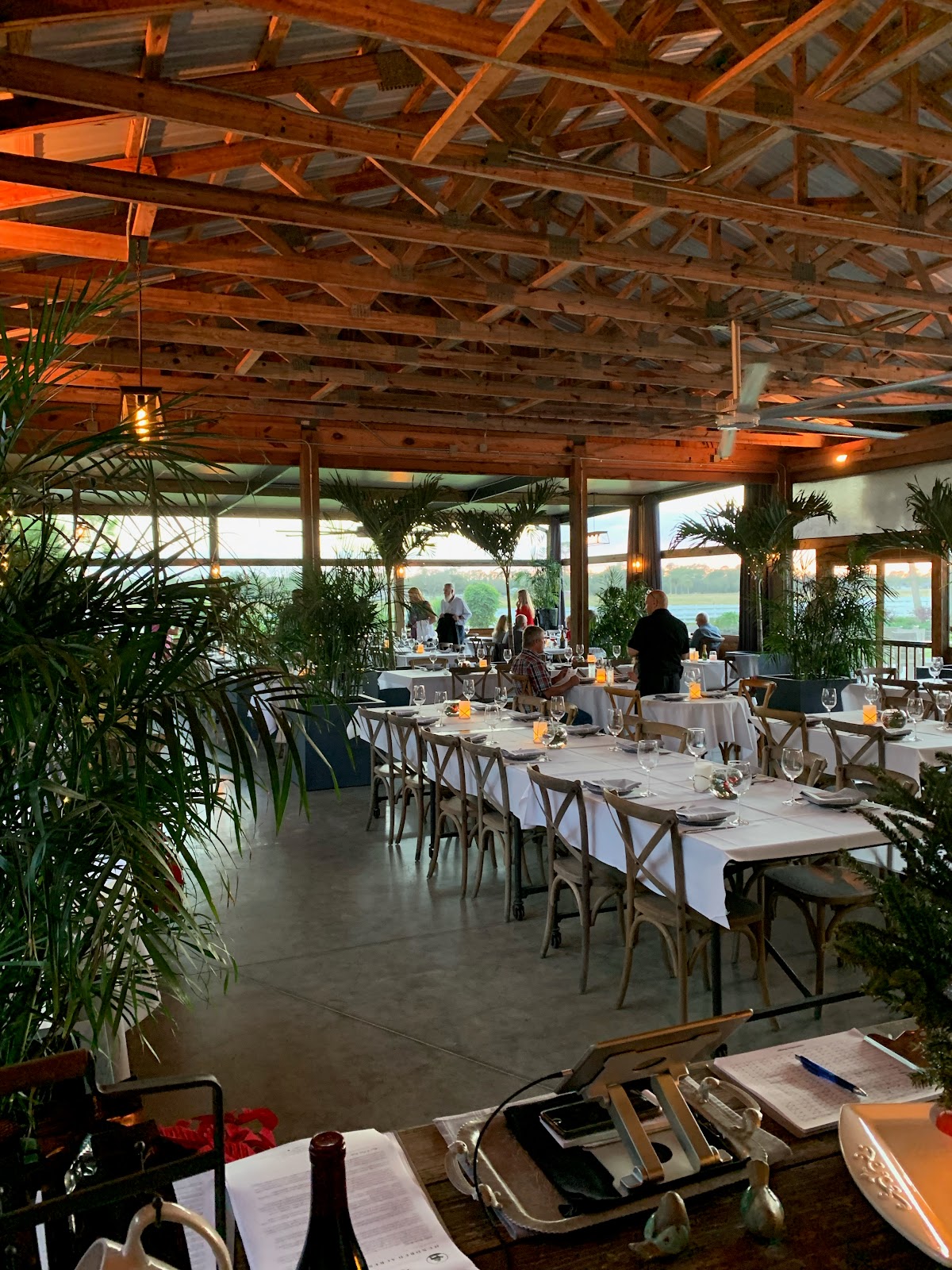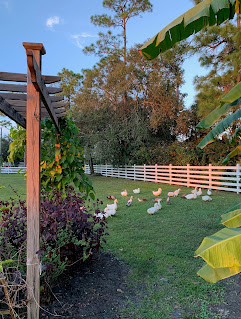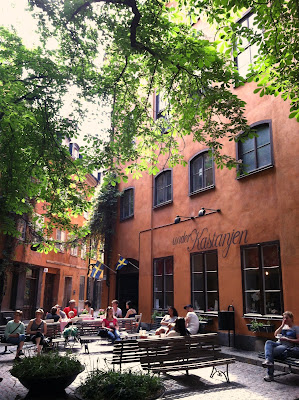But sometimes, we discover we were mistaken.
And so it was with me and Florida. As with more than a few Americans, I suffer from a complicated relationship with the so-called Sunshine State. I’ve been traveling there since the late 1970s when Disney World was a novelty and Epcot Center was a swamp inhabited by alligators.
During near annual trips as a kid, I visited snowbird grandparents near Tampa and spent most of my days at a beach. Some years later, I explored Miami before a cruise and on assignment to cover a music festival. And then there were multiple long weekends spent with a pack of sun-seeking cousins and siblings in Winter Park after an aunt and uncle moved there.
In the course of dozens of trips, I found Florida to be a greener, swampier, and slightly more subdued version of hedonistic, flashy, and luxe-loving Las Vegas. Sure, the third state to join the Confederacy lacked the massive casinos and glitzy shows of its dusty Nevada sibling, but it had something of the same in-it-for-the-money, all about entertainment, schlocky feel.
Both spots’ raison d'être is to appeal to masses of tourists by transporting them to a fantastical vacation-land featuring dozens of diversions such as alligator farms, wading flamingos, mock pirate ship battles, or Cirque du Soleil shows and platters of cheap buffet food (illuminated by amber lighting that wouldn’t look out of place on Mars.)If food in Vegas a few decades ago consisted primarily of giant all you can eat buffets, food in Florida was hardly gourmet either. Aided by the occasional seafood shack, Cuban sandwich shop, or ubiquitous grouper sandwich, the Sunshine State’s culinary cupboard was only slightly better.
And so after decades of trips to the Sunshine State and its ho-hum restaurants, I was pleasantly surprised during a recent visit to discover a farm to fork restaurant—on an actual, functioning farm!
Nestled into verdant farm country inland from the Gulf Coast, Rosy Tomorrow’s is an easy drive from Fort Meyers. Operated by Rose O’Dell King, a former sheep farmer and chef, the farm and restaurant represent the best of the last few decades’ movement to source locally and responsibly.
Palmetto and pine-studded pastures, stables, gardens, and a patio surround the airy, warmly-lit restaurant. Instead of solid walls, a lofty, barn-like structure features floor to ceiling screened windows (this is Florida, after all) with views of vibrant green pastures, wandering ducks and chickens, and white fenced paddocks with cattle, goats, and pigs.
And speaking of livestock, some of them travel a distance from pasture to table that can be measured in yards, not miles. It’s one of the shortest farm to plate journeys I’ve experienced.
A fetching setting, ethical treatment of animals, sourcing of food from other local farmers and purveyors, and storybook surroundings don’t matter much if the food isn’t as sublime as the setting. At Rosy’s, the seasonal offerings are as good or better than the concept and surroundings.
Here you’ll find unique farm to table treats, such as mangrove salt harvested twice annually, and fresh, sustainably sourced seafood, including plump gulf shrimp and mangrove snapper. Summertime brings fruits, turmeric, ginger, and water-grown wasabi. Winter’s cool produces sweet peppers, beets, kale and sugarcane.
Still, this is Florida. During our visit, as we sipped cocktails and watched the sun drop behind palms and moss-draped trees, the sound of gunfire erupted in the distance.
Shooting range? Hunters? Someone shooting off their guns for fun? Who knew?
Thankfully, the shooting subsided and we were soon back to enjoying our drinks with just the evening song of birds and the occasional lowing of cattle.
Please note: Rosy’s is temporarily closed; however, you can still pick up food boxes and stroll the grounds. Check the website to order food or to see when the restaurant is reopening.































